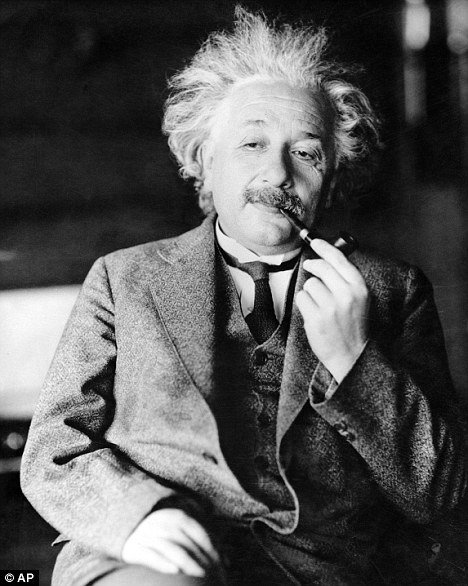
Physicists from CERN, Swiss, ran again the test that had proved the theory of relativity was wrong – and broke the speed of light for a second time.
Scientists of the Large Hadron Collider sent another beam of subatomic particles over 450 miles to a laboratory in Gran Sasso in the Italian Alps.
And after running the modified follow-up test 20 times, the scientists recorded exactly the same results as before.
According to Albert Einstein’s 106-year-old theory of special relativity, nothing can travel faster than light in a vacuum because its particles have no mass.
By contrast, neutrinos – said to be “ghostly” because they can travel through anything – have a very small mass.

The Cern researchers apparently record-breaking speed raises a host of possibilities straight out of science fiction stories.
Critics of the first test said that running all 15,000 neutrinos at once meant there could be errors in the measurement that said they had beaten the speed of light by 60 nanoseconds (or billionths of a second).
The scientists claim to have used a more accurate method for the second trial, by sending shorter bunches of the tiny neutrinos with larger gaps in between.
Nuclear Physics at Gran Sasso said the researchers were now “more confident” about the result, but urged other laboratories to join his in repeating the test.
“A measurement so delicate and carrying a profound implication on physics requires an extraordinary level of scrutiny.”
Many experts still remain unconvinced.
Jim Al-Khalili, of the University of Surrey’s physics department, who has offered to eat his boxer shorts on live television if neutrinos really can travel faster than light, said:
“I am not yet ready to get out my knife and fork.
“The results have only dealt with some possible errors.
“There are still a number of other possible errors and uncertainties that they are working on ruling out.
“Ideally, the experiment would have to be done somewhere else entirely to try to verify the controversial result that these tiny particles really are going faster than light, in case there is still a systemic problem with this particular experiment at Cern.”
Only two other labs in the world have the equipment to take up Professor Jim Al-Khalili’s suggestion.
Scientists working on the Minos experiment in the U.S. and Japan’s T2K study will both try the same test and reveal their results next year.